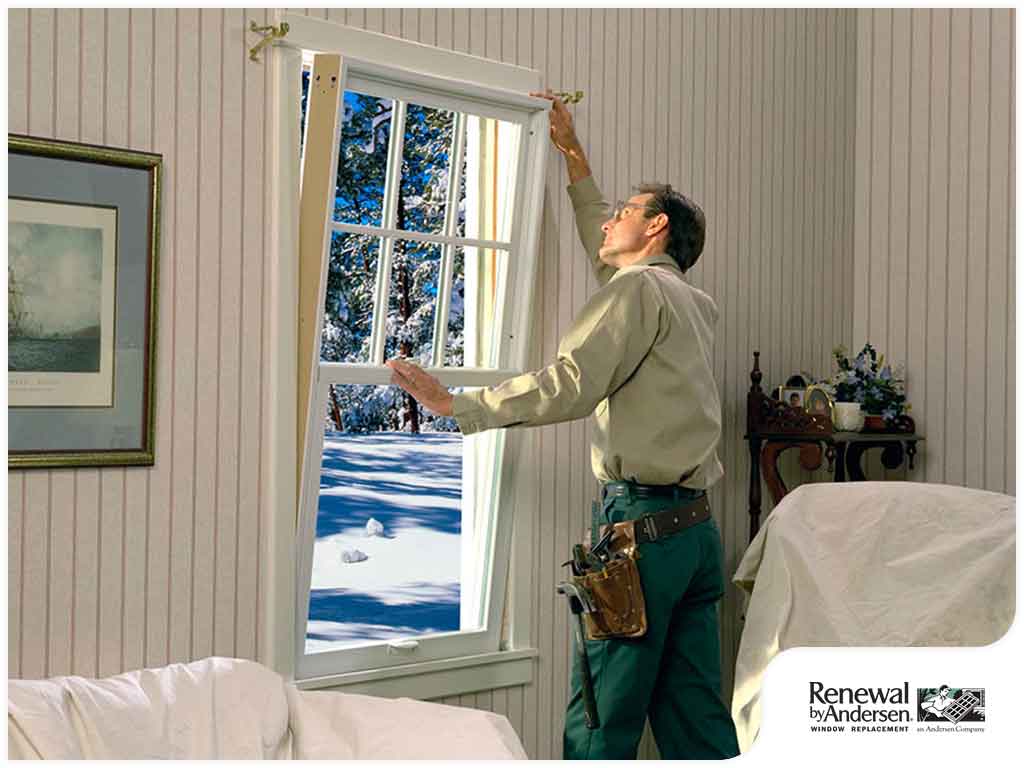MENU


Most homeowners would think twice about a window replacement project during the cold seasons. Yet the fact of the matter is that an urgent job cannot wait for winter to be over. Luckily, you can do some things so you can successfully replace your window in fall or winter. Renewal by Andersen® of New Jersey-New York Metro shares these simple steps to guide you.
Do It in the Mid-Morning of a Sunny Day
The best time for a successful window replacement job is in the mid-morning on a sunny day. The next day shouldn’t be rainy too to allow some sealants to set before exposure to moisture. If replacing more than one window, your contractor should do one window at a time. This would reduce your home’s exposure to outside elements. Make sure to close all doors leading to the room where replacement is being done.
The Right Caulk and Sealant
Your contractor should apply silicone-based caulk around the window. It adheres to windows better than latex or acrylic in cold temperatures. It’s also better at weatherization and waterproofing a sliding window. He should also use a sealant that works well with high joint movement. A caulk with 20-25% movement performs better when installed in cold weather.
Early Scheduling and Affordability
Contractors often experience a lull in business during the cold season. You can get your project scheduled much sooner in winter than in spring or fall. You can also enjoy discounts and sales during the slow season.
Cover Openings to Avoid Freezing
The installer should cover openings to avoid your home from freezing during the job. Larger openings will need a plastic floor to ceiling barriers. This applies especially to a bow and bay window. They usually consist of several windows such as double-pane and picture windows.
Renewal by Andersen® of New Jersey-New York Metro is available for window replacement even in winter. We serve customers in Toms River and Jackson, New Jersey, as well as other nearby areas. Give us a call today at (866) 609-5033.